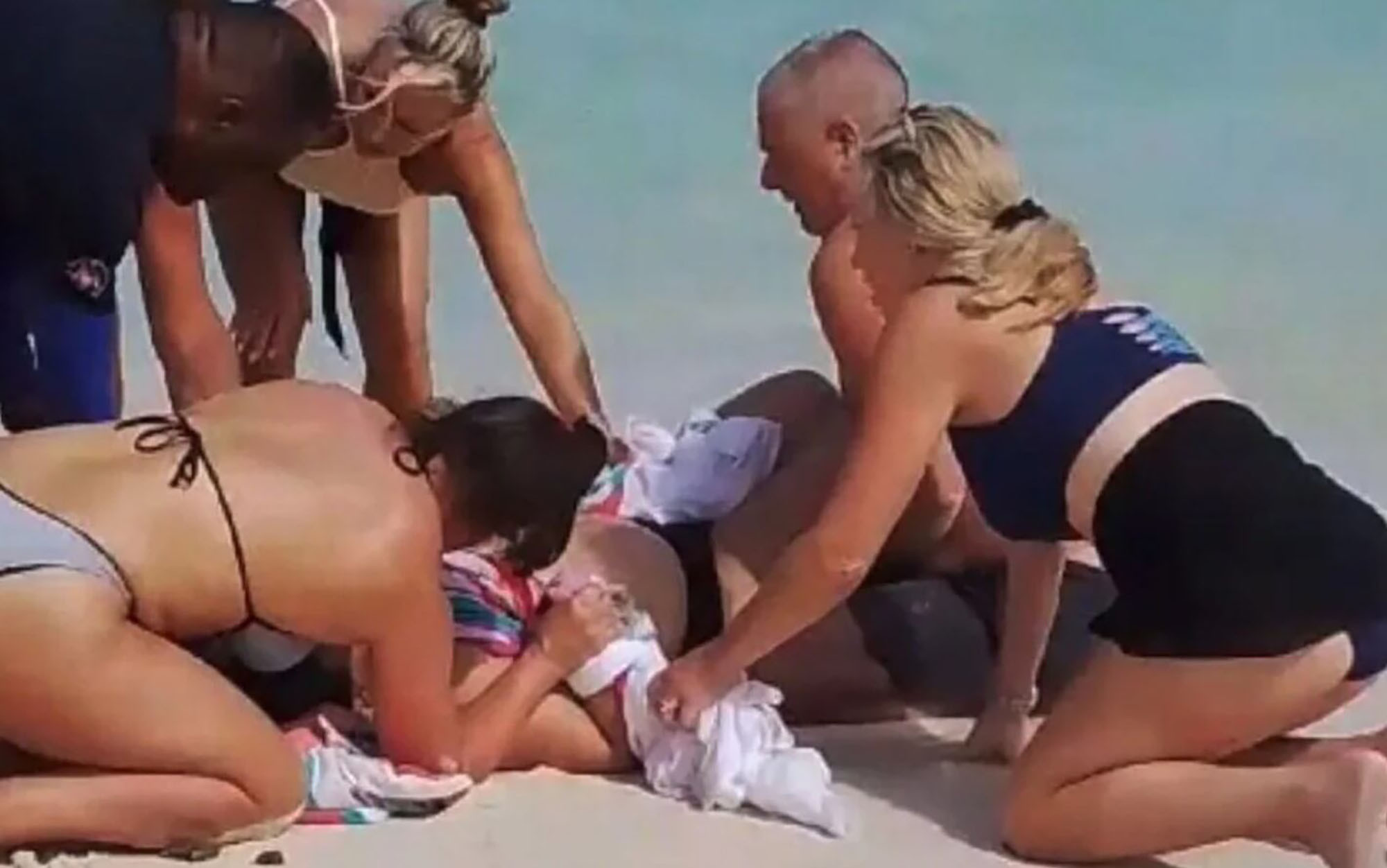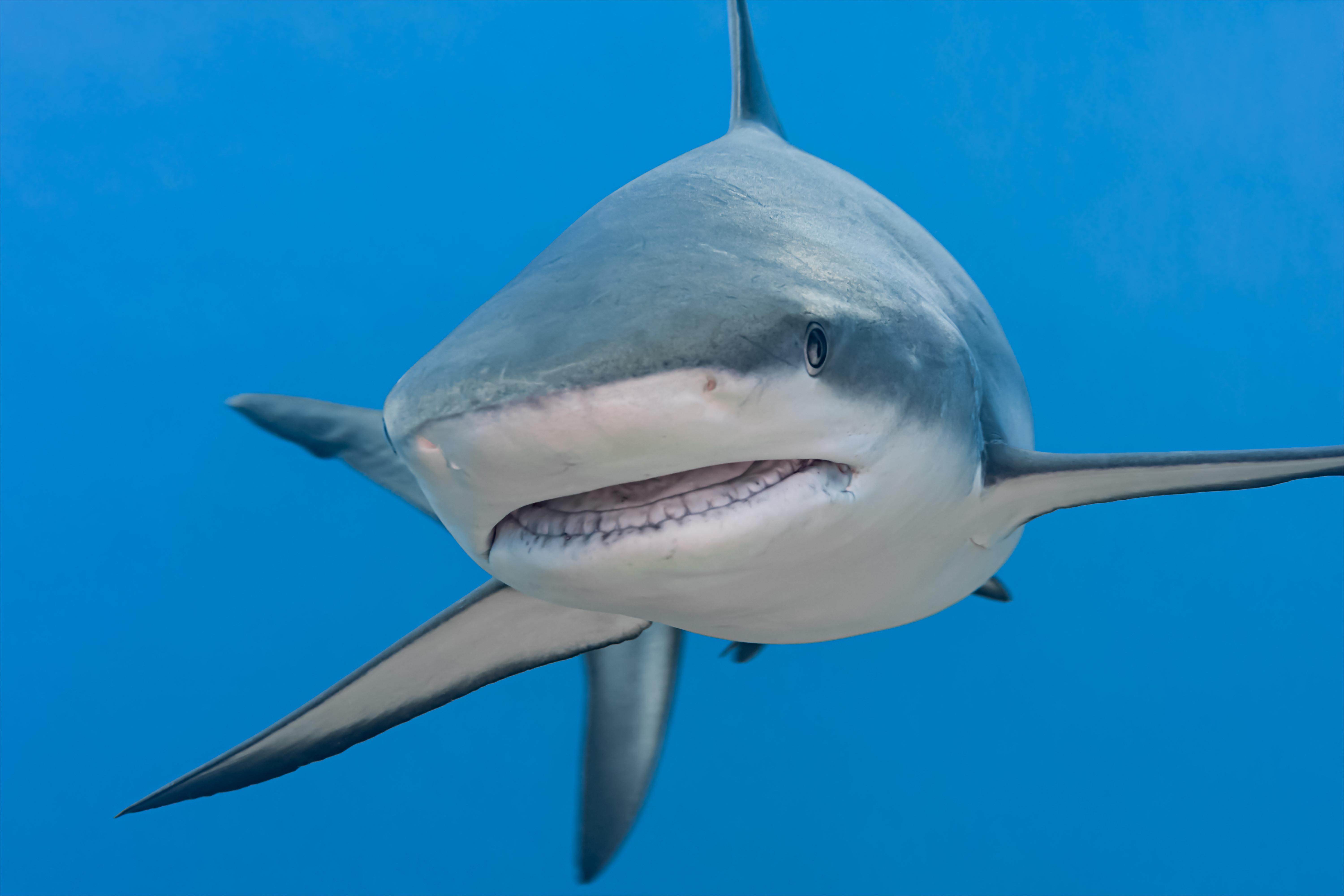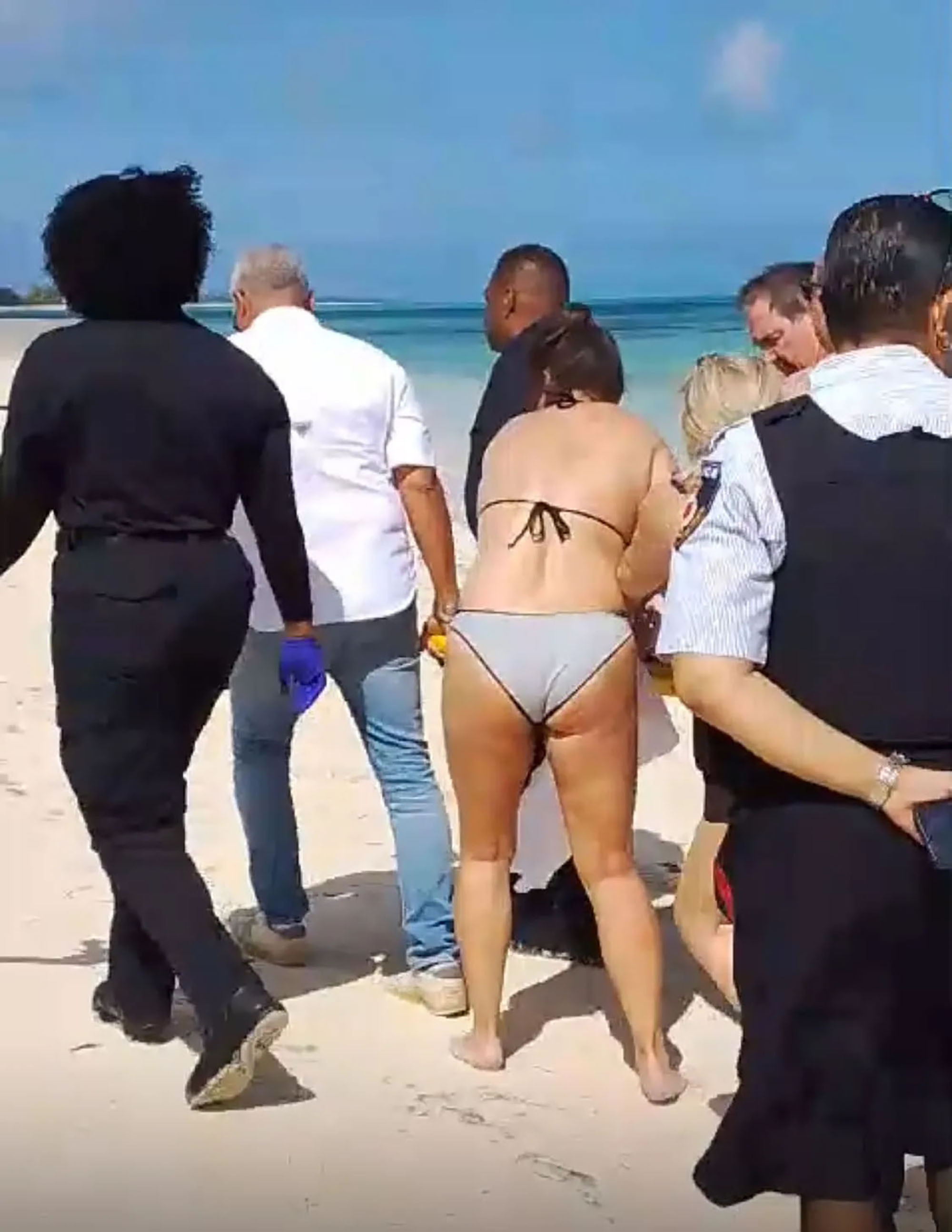A Canadian tourist suffered a horrific injury in Turks and Caicos, losing both her hands after a shark attack while she was attempting to take a photo of the animal. The 55-year-old woman was snorkeling in the clear waters off Providenciales, the main island of the archipelago, on February 7 when the incident occurred.
According to a statement released by the Turks and Caicos Department of Environment and Coastal Resources, the woman was in a shallow area when she tried to “engage with the animal… in an attempt to take photographs.” This interaction unfortunately led to a severe shark bite.
 Graphic image of a shark attack victim who lost both hands after attempting to take a photo of a shark in Turks and Caicos. Medical amputation was necessary due to severe injuries.
Graphic image of a shark attack victim who lost both hands after attempting to take a photo of a shark in Turks and Caicos. Medical amputation was necessary due to severe injuries.
Eyewitnesses reported the terrifying scene as the shark, estimated to be around 6 feet long, clamped its jaws onto the woman’s arms just a few yards from the shore. Her husband bravely entered the water to try and scare the shark away from his injured wife.
The extent of the injuries was severe, requiring the amputation of one arm below the wrist and the other halfway up her forearm. Following initial treatment in Turks and Caicos, the victim, whose name has not been released to the public, was airlifted back to Canada to receive further medical care.
Authorities are still working to identify the exact species of shark involved in the attack. Initial assessments suggest it may have been a bull shark, a species known to be present in the region.
 Undetermined shark species involved in the Turks and Caicos attack. Authorities are investigating the type of shark that bit the tourist while she was trying to photograph it.
Undetermined shark species involved in the Turks and Caicos attack. Authorities are investigating the type of shark that bit the tourist while she was trying to photograph it.
This incident occurred on the same day as another shark attack in the Bahamas, where two American tourists were injured, highlighting a concerning trend of shark encounters in the Caribbean region.
The beach in Turks and Caicos where the attack took place was temporarily closed following the incident but was reopened to the public on February 9.
 Official statement confirming a tourist was attacked by a shark in Turks and Caicos while trying to take a picture of it. This incident highlights the dangers of approaching sharks for photos.
Official statement confirming a tourist was attacked by a shark in Turks and Caicos while trying to take a picture of it. This incident highlights the dangers of approaching sharks for photos.
Data from the University of Florida’s International Shark Attack File indicates there were 88 shark attacks globally last year. A significant portion, 24 of these incidents, were classified as provoked attacks, often resulting from human interaction with sharks, sometimes in attempts to get close for photographs or other reasons. This unfortunate event serves as a stark reminder of the potential dangers of interacting with wildlife and the importance of maintaining a safe distance, especially from powerful predators like sharks, respecting their natural habitat and behavior rather than trying to get a close-up photo.
